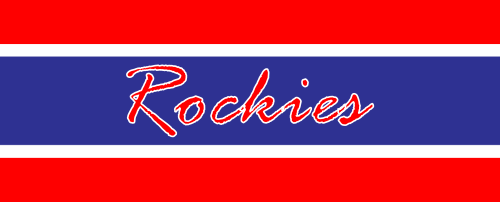What is Walking?
What is walking?
Taken from newsletter by Gerhard at [email protected] or Hettie at (011)9763061 or 0829230831
Walking. Social Walking, Speed Walking. Power Walking, Race Walking, Road Walking? What are the differences between all of them? There are small differences in technique and speed but they are all forms of walking. Walking is an Olympic event and has been practiced since the 1800’s. What forms of walking are available?
Track Walking
Competitors walk on an athletic track or on another flat surface in laps of 400m to 2 1/2 km’s. Walkers can get provincial or national colours in South Africa. Distances raced are 1500m, 3000m, 5 km, 10 km, 20 km, (both men and ladies) and 30 km and 50 km (men only).
Masters Athletics
This is an organisation for athletes (including walkers) over the age of 35 years. Competitors walk on an athletics track in laps of 400m. Walkers can get provincial or national masters colours in South Africa. Distances are 1500m, 3000m, 5 km, 10 km and 20 km.
Road Walking Races
These are races sanctioned by the various provincial bodies in the country such as CGA, AGN etc. Walkers race on surfaces which are usually tarred or concrete roads but which usually include significant gradients and are not restricted to maximum distance laps. Distances vary from 5 km to 100 miles (160.95 km). There are also races over time periods e.g. 12 , 24 or 48 hours. There are also races over 6 days in Witbank and Randburg. In these time based events the objective is to complete a specified minimum distance and the winner is the competitor completing the greatest distance in the time allowed.
These races fall into 4 categories :
1) Walking only events such as the 702/FNB Walk the Talk
2) Walking races held together with Road Running Races where walkers get a delayed or separate start such as the RAC 10 km or Randburg Harriers 10 km.
3) Normal running races in which walkers take part.
4) Ultra distance running races with a long enough cutoff to allow walkers to finish the distance
5) Relays in which a team of walkers complete the necessary legs
Fun runs/walks
These races are of a short distance, normally about 5 km, and are held as an additional event at road races. The races are organised by the same club that organises the main race. It is seen as a fun event because competitors don’t need license numbers and the walkers are not judged for compliance with the two rules of race walking. Some races give finishers medals, others badges and others just handouts.
Vasbyt/Endurance walks
Teams of 6 walkers do the event. The race are over 2 days over a distance of not less than 70 and not more than 75 km’s – 34 to 40 km on the first day and the rest on the second day. The team members must stay together during the race, never more than about 50m apart. If one member pulls out, the rest of the team members finishing the race still qualifies for their bronze medals and certificates. Teams can do the full Vasbyt (both days) or half a Vasbyt (1 day only). Teams consist of 6 men, 6 women or 3 men and 3 women constituting a mixed team – all participating for overall gold and silver medals in their given categories. Any other combination of walkers will only qualify for bronze medals and certificates. The races are held under the control of the Vasbyt Vereniging van Suid Afrika/Endurance Walking Association of South Africa. Races are held in different provinces followed by a national championship. The routes are over tar, gravel and even sea sand.
Charity/wildlife walks
Walks where there is normally no prize money but everybody gets a medal. The provincial athletics bodies do not sanction the races. The races are normally organised by charity or nature conservation organisations. The entry charges go to a charity or nature conservation purpose. Examples are the Gandhi walk and Walk for wildlife.
Walks with a medal
Events which are organised by private people. Every finisher gets a medal. Some of the entry charges go to charities.



